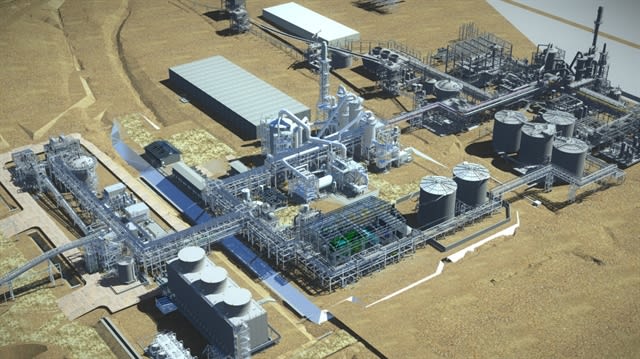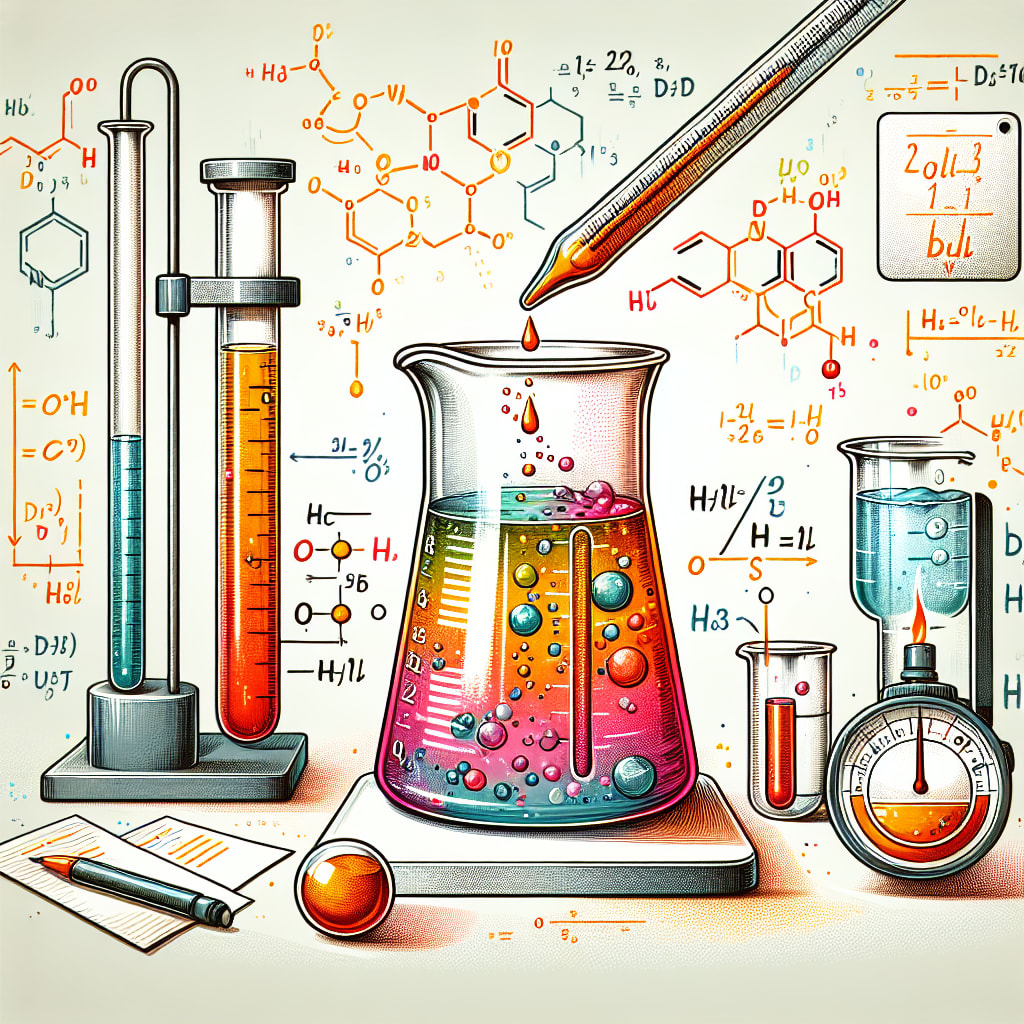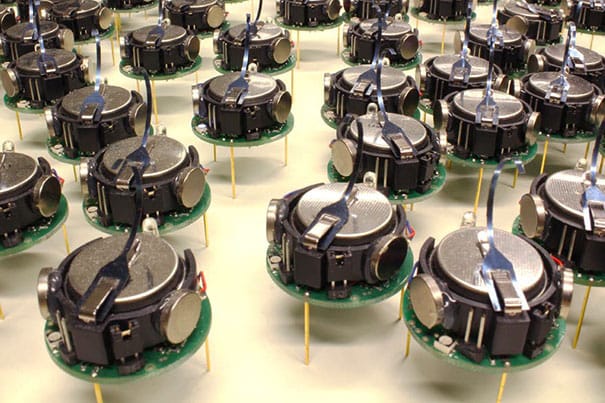Subystud
Chemical
- Jan 12, 2012
- 60
Hello -
I use recovered 50% sulfuric acid. This liquid has a slight bluish hue or is clear.
When this comes in contact with stainless, there is a black discoloration.
This is black material leached nickel from the stainless?
Any help is appreciated.
I use recovered 50% sulfuric acid. This liquid has a slight bluish hue or is clear.
When this comes in contact with stainless, there is a black discoloration.
This is black material leached nickel from the stainless?
Any help is appreciated.




